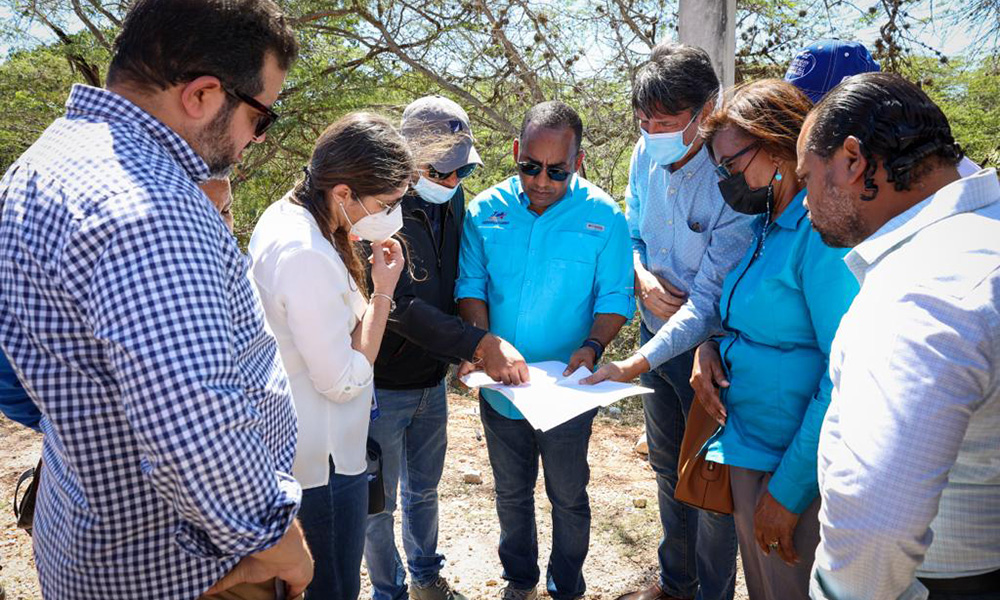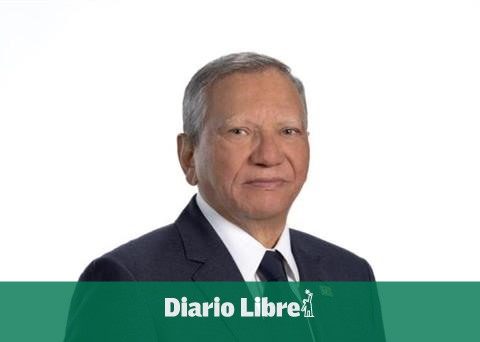In a week with little trading compared to usual, the dollar closed the first week of February down 1% ($0.43) against the Uruguayan peso and maintained the downward streak it had shown at the end of January. This Friday, the greenback barely weakened 0.08% against the peso, with a wholesale average of $43.74, although the last operation through Bevsa was agreed at $43.70. In total, 26 transactions were made for US$ 9.6 million.
On the BROU public board, the dollar closed this Friday at $42.50 for purchase and $44.90 for sale. As foreign exchange market sources had commented to The Observer this week there is “certain lack of liquidity of pesos” in the local market. In addition, it also coincides with a high demand for nominal bonds from abroad that are usually channeled in the foreign exchange market through two private banks of the financial system. The analysts and economic agents who answered the last Central Bank Expectations Survey (BCU) in January expect the dollar close at $46.40 at the end of this year.
In Brazil, the dollar advanced 0.8% against the real and stood at 5.33 units. For its part, in Argentina the blue dollar fell 0.9% to 214 Argentine pesos per dollar.
This weakening of the greenback in the Uruguayan exchange market occurs in a context where international markets and analysts are anticipating a global rise in the dollar once the US Federal Reserve (Fed) begins to raise interest rates.
The New York stock market ended on a contrasting note this Friday, with doubts between the good results of companies and the robustness of the US economy, on the one hand, and fears of a strong tightening of the Federal Reserve’s monetary policy (Fed), on the other.
The star index, the industrial Dow Jones, lost 0.06%, with 35,089.74 points, while the Nasdaq -basically technological composition- rose 1.58%, positioned at 14,098.01 units. Meanwhile, the expanded S&P 500 index -of the main 500 companies on the stock market- advanced 0.52%, closing at 4,500.53 points.
with AFP












